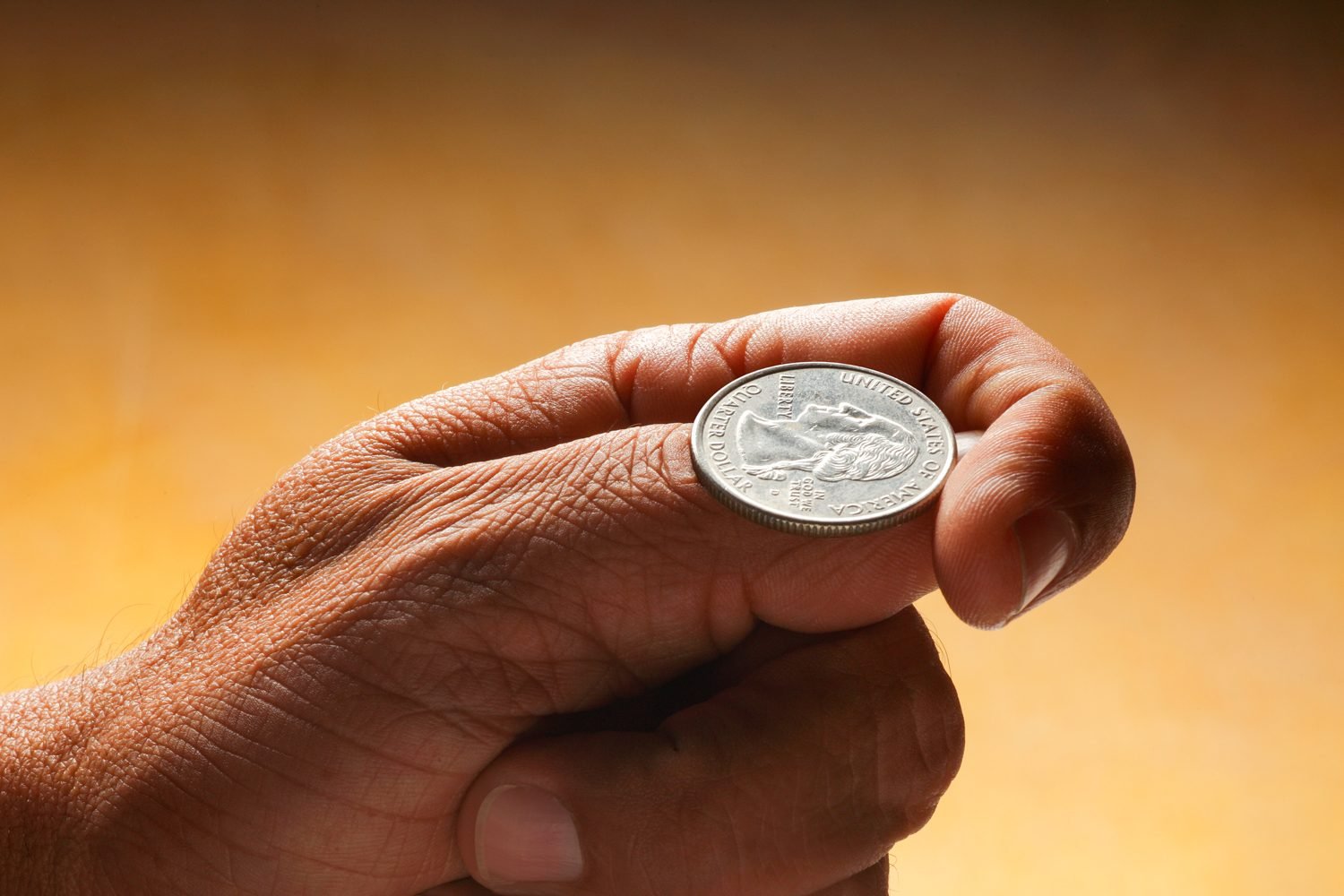Think a Coin Toss Is 50/50? Think Again (original) (raw)

DNY59/Getty Images

DNY59/Getty Images
People have been relying on the coin toss for quick, unbiased decision-making since ancient times. But is a coin flip 50/50? A new study questions the fairness of the flip.
Now Trending
Your chances of stumbling upon a lucky four-leaf clover are approximately one in 5,076. By contrast, your chances of calling a coin toss correctly are precisely 50/50. Or so we’ve always believed. Nevertheless, sports fans have been calling the fairness of coin tossing into question for years now. So, too, have scientists, for that matter. But is there actual evidence that a coin toss—the act of spinning a coin in the air with your thumb and catching it in your hand—tends favor one side over the other? Or is a coin flip 50/50? A new study out of the University of Amsterdam says there may be some bias you should know about before calling heads or tails.
Get _Reader’s Digest_’s Read Up newsletter for more trivia, humor, cleaning, travel, tech and fun facts all week long.
Is a coin flip 50/50?
One side of the coin is, in fact, more likely to come up than the other, according to a team of scientists led by University of Amsterdam PhD candidate František Bartoš. But that side is neither heads nor tails, per se. Rather, it’s whichever side is facing upward before the coin is flipped.
Their study, which is still undergoing peer review, collected and analyzed the results of 350,757 verifiable coin flips in 46 different currencies and registered that the coins landed on the same side they started on 51% of the time. This research was done in an effort to prove a hypothesis put forth in the early aughts by Stanford University statistics professor Persi Diaconis and his team. According to that theory, “vigorously flipped coins tend to come up the same way they started.” This bias is referred to as the same-side bias.
How can coin flips be biased?
According to Diaconis’s team, when people flip an ordinary coin, they introduce a small degree of “precession” or wobble, meaning a change in the direction of the axis of rotation throughout a coin’s trajectory. Because of precession, the coin tends to spend more time in the air with the initial side facing up. And because of that, it has a higher chance of landing on the same side as it started—i.e., same-side bias, which makes a coin flip not quite 50/50.
In 2007, Diaconis’s team estimated the odds of a “same-side outcome” as approximately 51%. Nearly a decade and a half later, Bartoš and his team found this very result. They published a preliminary report stating, “Our data lend strong support to this precise prediction: The coins landed on the same side more often than not.”
Moreover, this was true for both sides of the coin and for all of the different coins tossed, including lucky pennies. Nevertheless, the data suggests this may be more true for some coin-flippers than others (a nuance that may well lead to further investigation). As Diaconis stated back in 1986, “The more you think about randomness, the less random things become. But sometimes, you can take advantage of a lack of randomness.”
Indeed, when it comes to flipping a coin, the quickest shortcut to making your own luck just might be calling it literally as you see it.
Sources:
- The Royal Mint: “The History of the Coin Toss”
- Pats Propaganda: “Coin Flip-gate: Are the Patriots cheating the coin toss too?”
- Arxiv: “Fair coins tend to land on the same side they started: Evidence from 350,757 flips”
- Society for Industrial and Applied Mathematics: “Dynamical Bias in the Coin Toss”
- Science: “What Does It Mean to Be Random?”